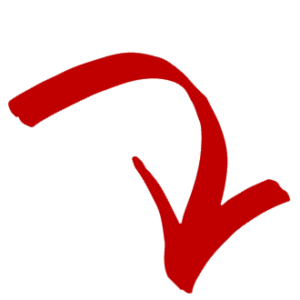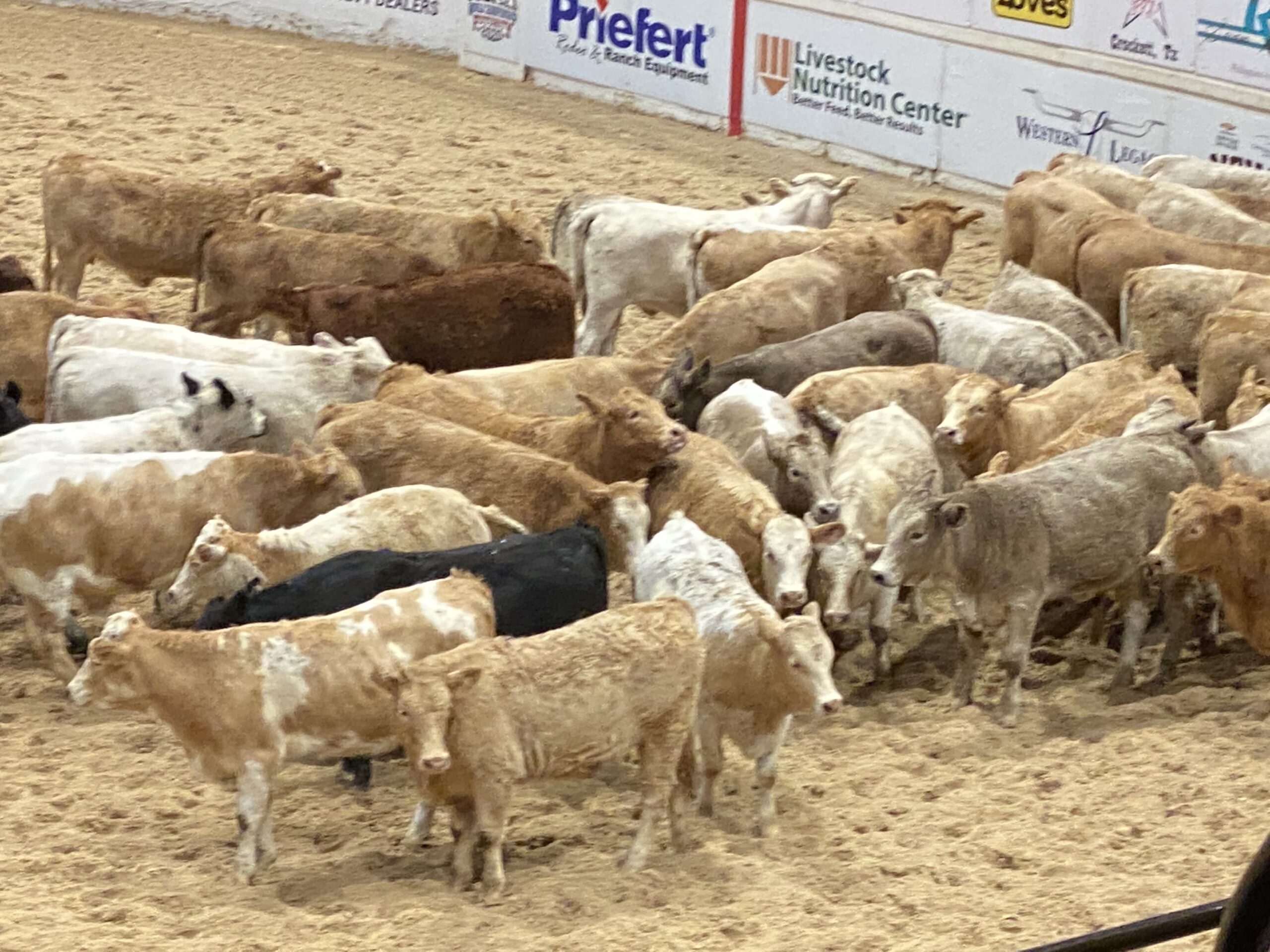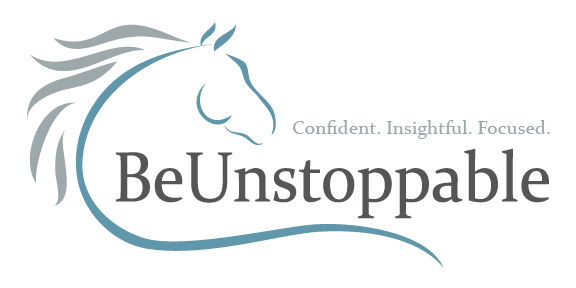Those pesky cattle! When you think you understand them, they surprise you!
Here are seven facts about cattle behavior to help you de-mystify understanding their behavior and to help you predict how they will act when separated from the herd (in cutting and herdwork) – or – when turned into the arena by themselves (for boxing or fence runs).
The seventh point is perhaps the most important for those passionate about showing in cattle events.
-
- Because cattle are herd animals, they seek to return to the herd for comfort and safety. While that may be an obvious fact, always strive to know the location of the herd environment. It could be a cattle holding pen behind the arena or cattle together on the back fence in the arena.
- When a herd is put in a new environment (think arena) for the first time, they are unsure of where the ‘herd body’ naturally is. That is why ‘fresh cattle’ are ‘settled,’ which means a rider trains the herd on horseback to find a ‘safe’ place at the back fence of the arena.
- Riders who draw early in a cutting or herd work set of cattle find that early in the draw, cattle are not as familiar with the herd environment and tend to stay ‘out in front’ of a rider more readily. As more riders work in the group, cattle become conditioned to going away from the back fence and then returning to it. It’s not unusual for cattle late in the set to be aggressive in their attempts to return to the herd.
- Cattle have different temperaments. Some, by nature, are more naturally aggressive (usually the wilder cattle). In contrast, others tend to be ‘quiet’ and happy to remain away from the herd environment (usually the more laid-back temperaments).
- Riders can best evaluate a cow’s temperament when near a horse. The wilder cattle want to get away from a horse as quickly as possible, while a more ‘friendly’ cow will demonstrate an interest in a horse and appear comfortable.
- Controlling a cow is a game of angles and positioning the horse to prevent a cow from going where we don’t want it to go or actively turning or moving it.
- For cow events, you can set yourself apart from your competitors by becoming a student of cow behavior, angles, positions, and speed of approaching a cow as fervently as you work on your horse riding skills.
LET US KNOW YOUR THOUGHTS 


Can you be more specific about the content of your article? After reading it, I still have some doubts. Hope you can help me.
I don’t think the title of your article matches the content lol. Just kidding, mainly because I had some doubts after reading the article.
I especially enjoyed the review of this information following the clinic in Santa Ynez. I want to do more!
Excellent points to remember, thank you 🙂
Excellent. And I learned, with an uber-sensitive and reactive mare I used to show, that I can use my eyes and breathing to push cattle or pull them in closer. I love studying how cattle move and respond. Thanks for these insights!
As I read through the seven cow behaviors I found myself saying, “Huh! I didn’t know that!” So helpful! Thank you!